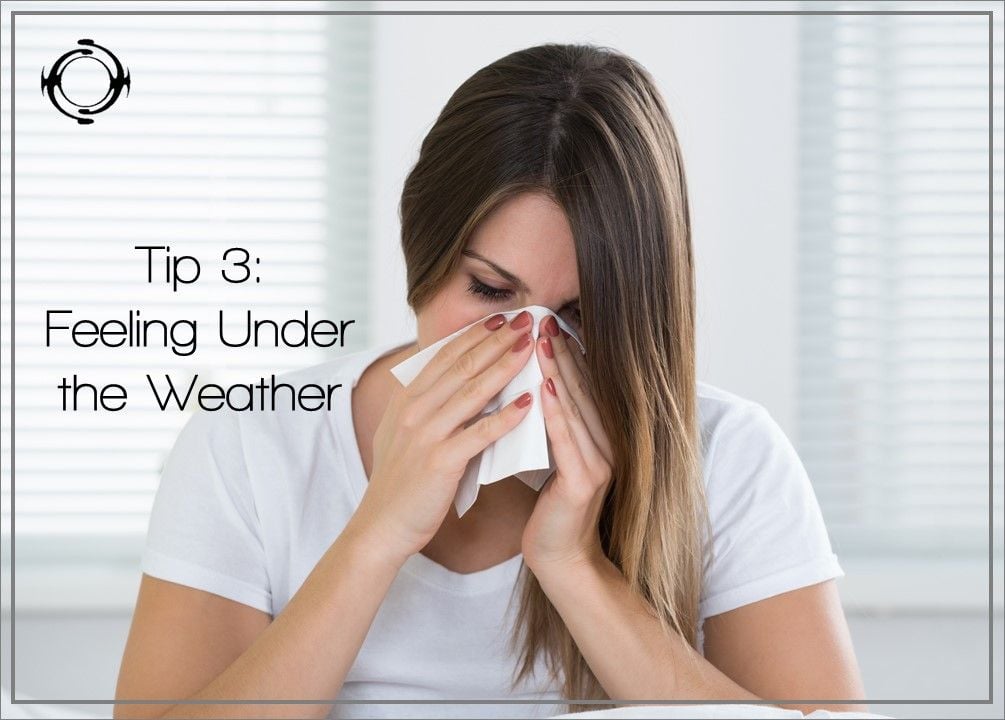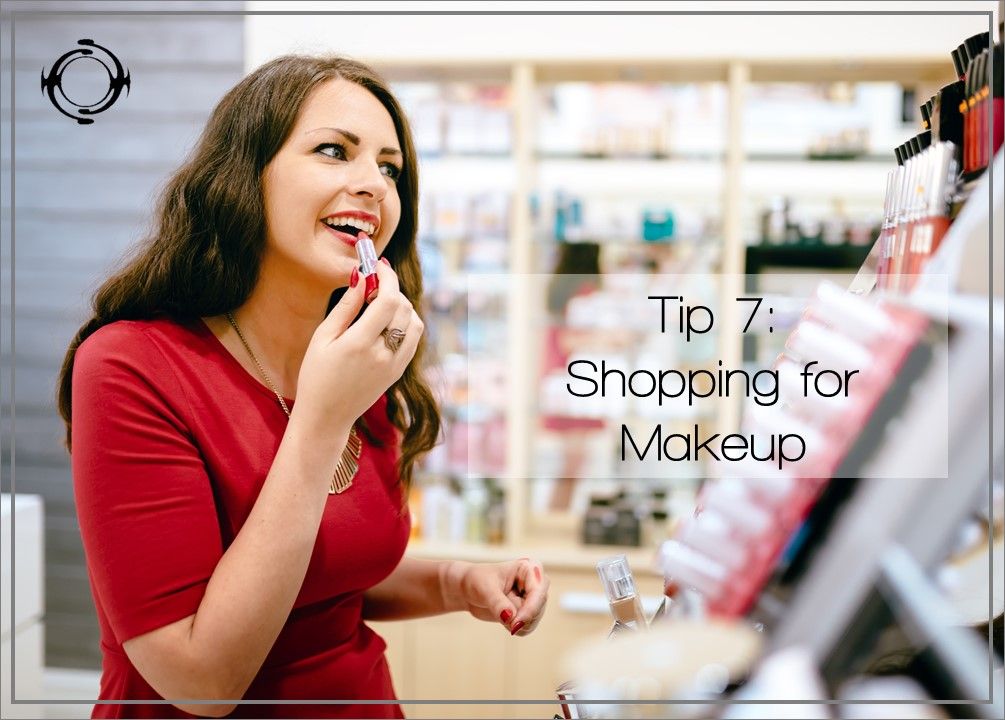top 7 tips for looking after your makeup

I was surfing the
internet recently and came across a bunch of articles on makeup with titles
such as “Is Your Makeup Making You Sick?”, “What’s Living in Your Makeup Bag?”,
“Dangers that Hide in Makeup”, “Why Your Makeup is More Harmful Than You Think”.
And, you know
what? I felt disappointed (and a little bit angry too). Why does the media insist
on focusing on the negative? It’s just not necessary. I mean, I didn’t see any
articles entitled “Is the Food in Your Fridge Making Your Sick?”, or “What’s
Living in that Block of Cheese in Your Fridge?”, or “Dangers that Hide in your
Milk”, or even “Why Your Food is More Harmful Than You Think”. And, yet, the
food in your fridge could be every bit as dangerous as the makeup in your bag,
if you don’t treat either with respect.
So let me come
from a more positive standpoint and ask “How Should You Look After Your Makeup?”.
I’m going to give
some tips and tricks to keeping your makeup clean (and safe) so you can enjoy
using it day in, day out.

Tip 1: Begin
Afresh
Before you apply
your makeup, wash your hands and your face.
This means that any fingers you may
be inserting into your makeup are clean and won’t leave behind any bacteria.
And it means that any bacteria that might be on your face will be washed away
and won’t get trapped against your skin by a layer of makeup as this could
cause irritation and acne.

Tip 2: Finger
Dipping
Ideally all your
makeup would come in squeezable tubes or pump bottles meaning you can squeeze
the product directly onto your hand. But some makeup comes in jars and
every time you apply it you insert your finger into the product. Think lip balms,
for example.
Products that require you to dip your finger into them have a
higher likelihood of becoming contaminated with bacteria than products which
can be squeezed out of a tube, for example. So it is important to remember your
hygiene and wash your hands before putting them into a product.

Tip 3: When
Feeling Under the Weather
We all catch cold
and we all feel run down from time to time but that doesn’t always stop us
wanting to put our face on, and go out & enjoy life.
When we are feeling a
bit under the weather, there will be more bacteria roaming our bodies and, as
always, we want to avoid transferring this bacteria into our makeup.
So if you’re
applying lip or eye makeup, why not use a cotton pad as an applicator rather
than your finger. But remember not to double-dip or you could transfer bacteria
from your skin onto the cotton pad and back into the product. Likewise if using
a foundation, use a sponge to apply it and then dispose of that sponge
afterwards.

Tip 4: Put a Date On
It
On the base of
your makeup product you’ll see a symbol of a jar with an open lid. Inside this
symbol there’ll be a number – this number refers to the number of months you
can keep using the product for, after you’ve opened it. This is an important
piece of information. You really don’t want to be applying makeup that has been
open for longer than the symbol states as the preservative in the product will
begin to stop working and invisible bacteria may start to grow in it.
Remembering when
you first opened a makeup product is easier said than done so I recommend
putting a sticker on it which tells you when you should stop using it. When
that date comes around, throw the product away, no matter how much of it may be
left.
Also if you have a
product that you haven’t used in the last six months, chuck it. You’ll probably
not use it again and a product that hasn’t been used for a while provides a
better environment for bacteria to grow than one that is being used regularly.
When it comes to
your eyes, you want to stay vigilant. I follow the advice of many makeup
artists when it comes to mascara and throw I away after only three months, even
if I’ve only used it a few times. My sight is far too precious to me.

Tip 5: Clean Your
Brushes Weekly
We always assume
that if there is any contamination it’ll be in the product. But did you ever
think it could be on the applicator?
It’s important to
clean your brushes and applicators once a week. You can do so by using a bit of
soap and warm water and then allowing them to dry fully.
A clean applicator
isn’t just good for controlling bacterial growth but it will also make it easier
to apply your makeup.
If you find
yourself with a cold sore, a stye on your eye or some similar irritation on
your face, stop using your usual makeup applicators and temporarily switch to
disposable ones such as cotton pads, remembering to dispose of them after each
application and, as mentioned above, don’t double-dip.

Tip 6: Know The
Signs
If you rediscover a
makeup product you bought, you don’t know when, and it smells a bit
strange/different, chances are that it’s off. So whether you’ve used it or not,
throw it away.
Similarly if you
have a product you use regularly and it smells a bit strange, even though it’s
not yet reached the date you know it can be used till, throw it away.
If your skin turns
red after applying makeup, it could be a sign that your makeup is contaminated
and you should stop using it and throw it away.
If you notice your
skin becomes a bit itchy or inflamed after applying you makeup, this too could
be a sign that it is contaminated and, again, you should stop using it and
throw it away.

Tip 7: Shopping
for Makeup
When you’re out shopping
for makeup, try to resist using testers that are lying around for general use.
If you really do need to use a tester, always do so on your hand and then wash
your hands immediately afterwards.
If the testers are
being used by the beauty consultant and he/she is using disposable applicators,
then by all means test the product.
And, finally, if
given the choice always choose the option to buy a product that comes in powder
form rather than cream or liquid form as powder, by its nature, will attract less
bacteria. Liquids and creams are water-based and, although they are protected
by preservatives, they have a tendency to attract more bacteria.


